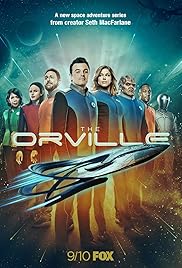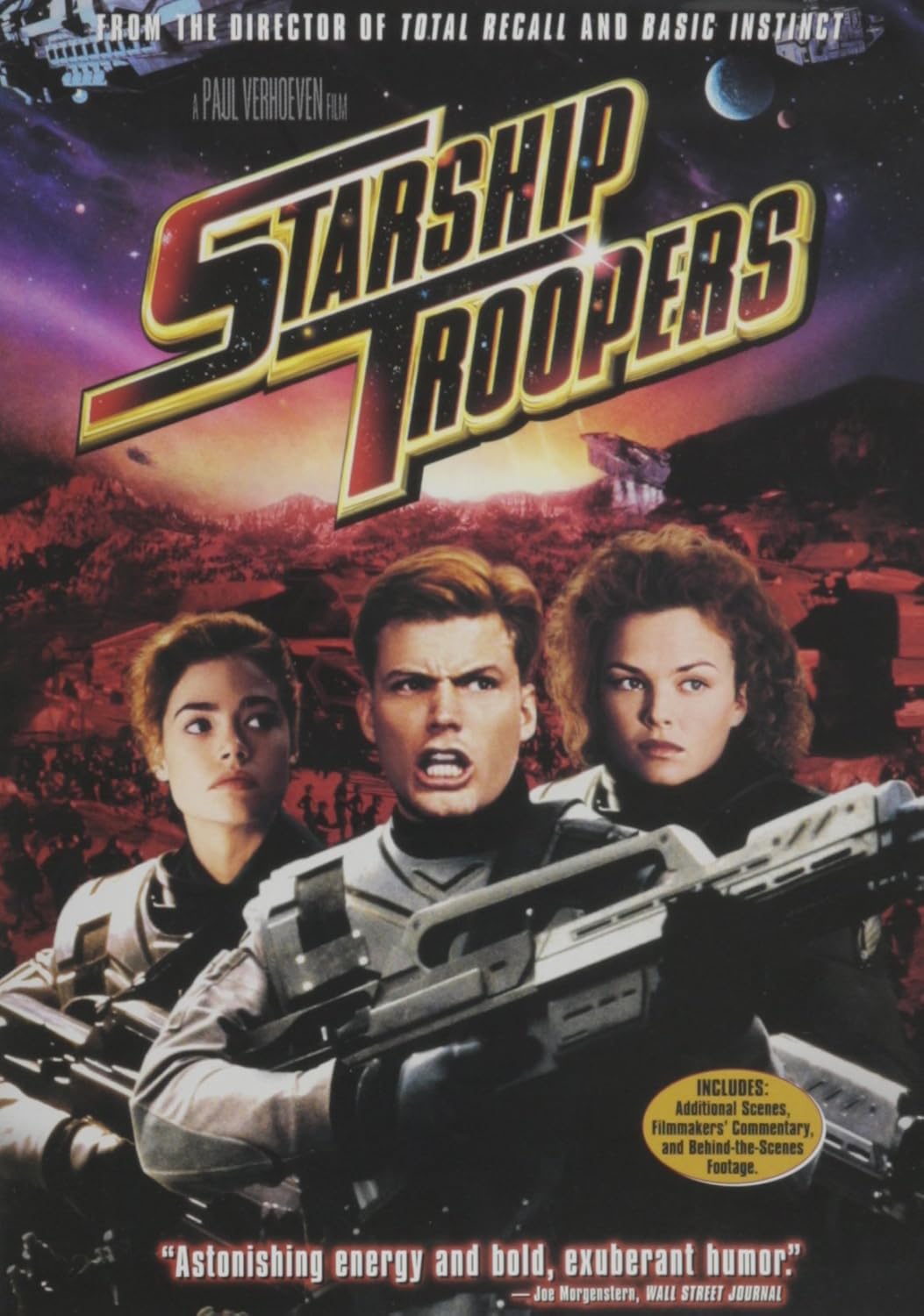Edward P. Jones’ Pulitzer Prize-winning novel
The Known World is powerful not because it tells the story of a black man, a former slave, who is himself a slave owner. Its power comes from the way it makes us see how the “peculiar institution
1” warps human emotion, and restricts the possible self-definitions available to owner and slave alike.
In that sense, the “known world” of the title is this circumscribed sense of what is possible to a man. Ex-slave Henry Townsend defines himself based on his observation of and relationship with ante-bellum slave owner William Robbins.
Robbins has a black wife, and also a black mistress who was once a slave. Townsend sees his power, and desires that entire world for himself. For his part, Robbins genuinely seems to like this freed man, and acts as his mentor in many ways, drawing Townsend inextricably into the bonds that slavery places on the slave owner.
When Townsend dies, another slave, Moses, schemes to step into his shoes by seducing his widow Caldonia. Unfortunately, Moses is already married, so he convinces his wife to run away, then follows her and his son into the woods and kills them. In a telling sequence, Caldonia’s white advisor Counsel Skiffington "
…considered Caldonia. He had heard of that white woman in Bristol who had slept with her slave. Bad business. But what the coloreds like Caldonia and Moses did among themselves was no crime in itself. Killing a slave for no reason was always a crime before man, before God." [Emphasis mine.]
Even the minor characters are complex, and each serves his purpose to define this twisted world, from the slave-takers Darcy and Stennis who kidnap Henry Townsend’s father Augustus back into slavery to the Cajun Broussard whose foreign accent is the direct cause of his conviction and execution for murder.
In addition to the complex story, Jones’ writing is lucid and evocative. Two examples:
…After the Richmond evening when Robbins hit her, Philomena Cartwright would not see the city again for many, many years. Her jaw did not heal properly and she could never eat hard food on that side of her mouth. The one time she threatened to flee and return to Richmond, Robbins told her he would sell her back into slavery. “You can’t,” she said. “You can’t, William. I got my free papers.” He told her that in a world where people believed in a God they could not see and pretended the wind was his voice, paper meant nothing, that it had only the power that he, Robbins, would give it…”
And:
…[Counsel Skiffington] thought of the men in the large family Bible in the destroyed library who talked the way he was talking now. Sometimes God heard and acted, took pity on his creations, and sometimes he heard and ignored the creations talking to him. His daughters had liked the stories in the Bible, the Bible with their names and the days of their births written large and in ink the general store man had said would last for generations. “First,” the man said,”the ink will note your children’s birthdays, and then it will note their marriage days. The ink will outlast you, Mr. Skiffington.” Counsel went on talking to God, and the buzzards came down and joined the flies, all of them feasting on the horse and ignoring the man who still had some life in him.
The Known World is engrossing, enlightening and altogether enjoyable.
Liner Notes:
- The phrase "peculiar institution" is used extensively as a euphemism for slavery, notably in the speeches and writings of John C. Calhoun: Nullification, Secession, and John Caldwell Calhoun: The Philosophy and Thought Which Led a State and John C. Calhoun: Speech on the Reception of Abolition Petitions. In neither quote of John C. Calhoun’s words is the phrase set in quotations, but he does seem to expect that "peculiar institution" and "peculiar domestic institution" will be understood to mean slavery, so he may have been quoting someone before him. Maybe it’s as simple as a popular politician, John C. Calhoun, using the phrase “this peculiar institution” with its general meaning applied to the specific “peculiar institution”, and the specific meaning subsequently infecting the general as a meme that found fertile ground.
- The Pulitzer Prize organization’s website quotes the book’s cover text.
- Jane Chord: Evening yet.

















